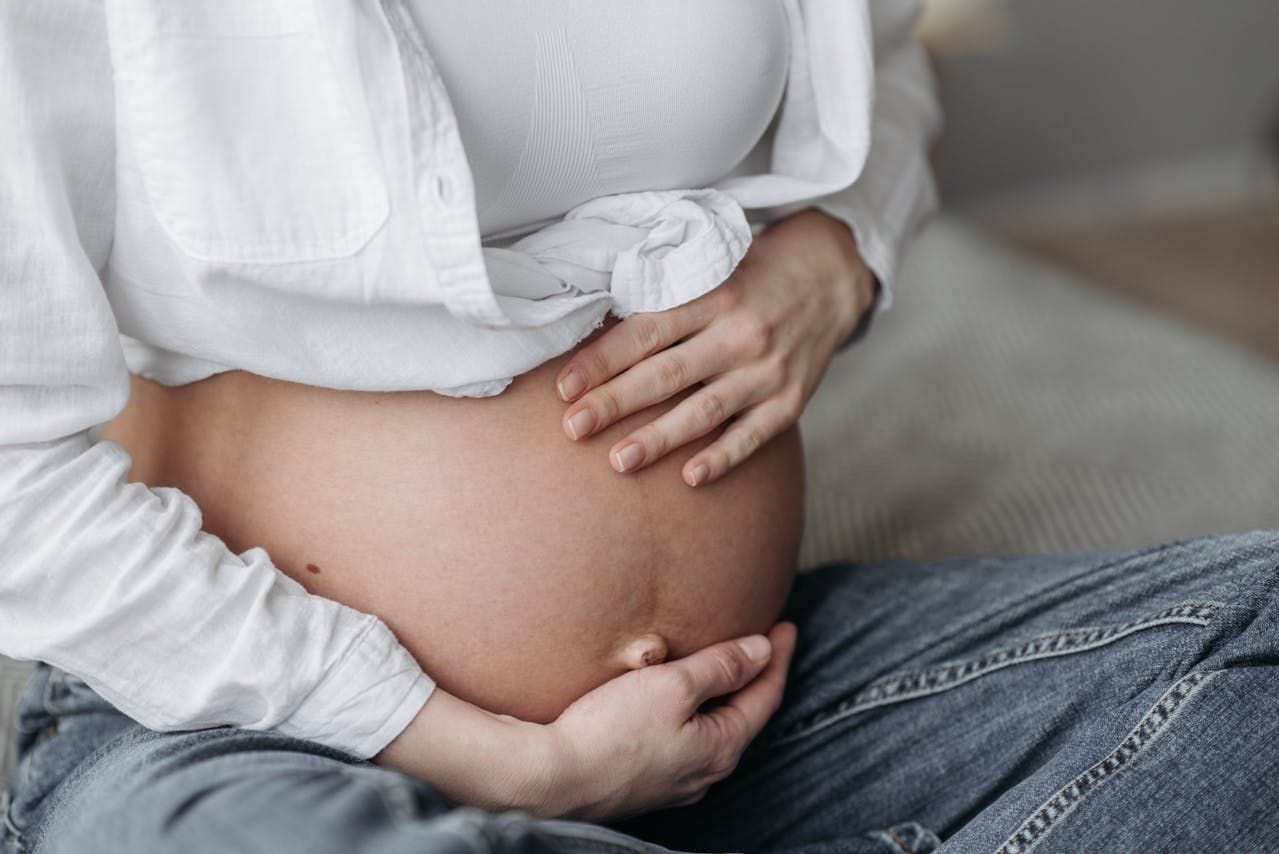Imaging diagnostic examinations, such as computed tomography (CT) and cone-beam computed tomography (CBCT), play a crucial role in medicine by enabling precise diagnosis and treatment planning. However, their use in pregnant women raises concerns, particularly due to the radiation exposure involved. Is computed tomography safe during pregnancy? What are the recommendations for its use, and how should you properly prepare for this examination?
CBCT – What Is This Examination and When Is It Performed?
CBCT, or cone-beam computed tomography, is a type of imaging that provides three-dimensional images of internal structures like teeth, facial bones, and sinuses. This technology is primarily utilized in dentistry, orthodontics, and otolaryngology, allowing for an accurate assessment of the patient’s skeletal system. It is often indispensable when planning surgical procedures, orthodontic treatments, or evaluating bone fractures.
If you want to find out more on this topic, read: Differences Between CBCT and Traditional CT Computed Tomography.
Is Computed Tomography Safe During Pregnancy?
The main concern associated with CBCT examinations during pregnancy is ionizing radiation. This radiation can affect fetal development, especially in the first trimester when critical processes of organogenesis, or organ formation, occur. The risks of computed tomography during pregnancy are linked to radiation exposure, which, in large doses, can lead to developmental defects or even miscarriage.
However, it’s worth noting that CBCT generates significantly lower doses of radiation than traditional computed tomography (CT). Depending on the scanning area and device settings, the dose ranges from a few to several dozen microsieverts (µSv). This makes cone-beam computed tomography during pregnancy decidedly safer than standard CT, but it should still be performed cautiously and only in justified cases, as determined by a physician.

Recommendations for CBCT During Pregnancy
Due to the potential impact of computed tomography on pregnancy, the guidelines for performing diagnostic examinations using CBCT in pregnant individuals are very strict. Here are the key recommendations to consider:
Avoiding Computed Tomography in the First Trimester: The period up to the 12th week of pregnancy is the most critical for fetal development. This is when the most important organs are forming, making the fetus particularly sensitive to external factors like radiation. Undergoing computed tomography during this early stage may increase the risk of developmental defects. Therefore, CT scans during pregnancy should only be ordered in cases of absolute necessity.
Use of Protective Shields: If a CT scan is necessary during pregnancy, special attention must be paid to using appropriate shields, such as lead aprons that protect the abdomen from radiation.
Consultation with a Physician: Imaging diagnostics during pregnancy should be thoroughly discussed with a specialist physician who can assess the potential risks and benefits of the examination. If possible, they may consider alternative diagnostic methods, such as ultrasound (USG).
ALARA Principle: “As Low As Reasonably Achievable,” is fundamental in imaging diagnostics, especially during pregnancy. This means that the radiation dose should be limited to the minimum necessary, and CBCT examinations during pregnancy are conducted only when essential.
Preparation for a CBCT Examination During Pregnancy
If a CBCT examination is necessary for a pregnant woman, proper preparation is essential to minimize risks. Here are some steps to take before undergoing the examination:
Informing the Doctor and Technician About the Pregnancy: Always inform your doctor about the pregnancy, even if it’s in the early weeks. This allows the specialist to assess whether the examination is necessary and to adjust the device parameters to minimize radiation exposure. Also, inform your doctor about a planned pregnancy when scheduling the CT scan.
Use of Protective Shields: The previously mentioned lead aprons are fundamental protection during a CBCT examination in pregnancy. Ensure that the apron is properly fitted and covers the entire abdominal area.
Limiting Exposure Time: The CBCT device operator should strive to minimize the radiation exposure time so that the patient receives the lowest possible dose.
Scheduling the Optimal Time for the Examination: If the examination is not urgent and the patient’s condition allows, the doctor may decide to postpone it to a later stage of pregnancy when the risk to the fetus is lower.
Performing computed tomography during pregnancy carries certain risks associated with ionizing radiation. Although modern CBCT devices emit relatively low doses, any exposure during pregnancy should be carefully considered and justified. Imaging diagnostics during pregnancy should only be ordered when it’s essential for the diagnostic process and when alternative methods are not suitable. In such cases, proper preparation and adherence to safety principles are crucial to help minimize risks.
Bibliography:
- Czy można wykonać badanie obrazowe TK lub MR mózgu w diagnostyce bólu głowy u kobiety w ciąży lub karmiącej?, Mp.pl Neurologia, 22.02.2018, dost. 20.10.2024
- Dr n.med. P. Grzanka, Tomografia komputerowa, Mp.pl, 31.10.2017, dost. 20.10.2024
- Alzamzami ZT, Abulhamael AM, Talim DJ, Khawaji H, Barzanji S, Roges RA. Cone-beam Computed Tomographic Usage: Survey of American Endodontists. J Contemp Dent Pract. 2019 Oct 1;20(10):1132-1137. PMID: 31883245.
